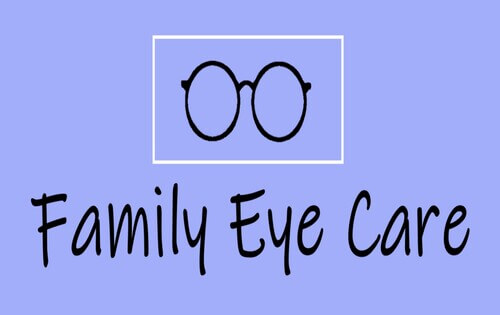The Benefits And Drawbacks of Various Refractive Surgeries for Improved Eyecare

LASIK Surgery
LASIK surgery is a commonly performed refractive procedure that intends to deal with vision concerns such as farsightedness, nearsightedness, and astigmatism. Throughout the procedure, a slim flap is produced on the cornea, and a laser is used to improve the underlying tissue, remedying the refractive error.
One of the key advantages of LASIK surgery is the quick improvement in vision experienced by lots of patients. It is vital for individuals thinking about LASIK surgical procedure to undergo a complete evaluation by an eye care expert to figure out if they are suitable prospects for the treatment.
PRK Procedure
The PRK treatment, also understood as Photorefractive Keratectomy, is a kind of refractive surgical treatment that intends to correct vision concerns similar to LASIK surgical procedure. Unlike LASIK, which includes developing a flap in the cornea, PRK works on the surface area layer of the cornea.
One of the benefits of PRK over LASIK is that it gets rid of the risk of flap-related complications because no flap is developed during the surgery. Despite the longer recuperation period, PRK can be a suitable choice for people seeking vision correction surgical procedure.
SMILE Surgical Treatment
An advanced refractive surgery strategy getting popularity in the area of ophthalmology is SMILE Surgery. Tiny Cut Lenticule Extraction (SMILE) is a minimally intrusive treatment that corrects vision by improving the cornea using a femtosecond laser. Unlike typical LASIK surgical procedure, SMILE Surgical treatment includes developing a little laceration in the cornea to remove a lenticule, which results in much less disruption to the corneal structure and possibly much faster recuperation times.
Among the main benefits of SMILE Surgery is its capacity to treat nearsightedness (nearsightedness) and astigmatism with high accuracy, resulting in exceptional visual end results for patients. The minimally intrusive nature of the treatment likewise lowers the risk of difficulties such as dry eye syndrome, making it a favorable choice for people looking for refractive surgery.

LASEK Method
Having checked out the advantages and factors to consider of SMILE Surgical procedure, another notable refractive surgical procedure technique worth analyzing is the LASEK Strategy. LASEK, which means Laser-Assisted Subepithelial Keratectomy, is a form of laser eye surgical treatment that aims to remedy refractive mistakes such as nearsightedness (nearsightedness), hyperopia (farsightedness), and astigmatism.
Unlike LASIK, LASEK does here are the findings not include creating a corneal flap. Rather, during a LASEK treatment, the doctor utilizes a watered down alcohol solution to loosen the slim external layer of the cornea, recognized as the epithelium.
One of the primary benefits of LASEK is that it can be ideal for people with slim corneas who might not be excellent prospects for LASIK. Furthermore, LASEK commonly results in minimal post-operative discomfort and a quicker recuperation time compared to PRK. Nonetheless, the visual recuperation process with LASEK might be somewhat longer than with LASIK.
Implantable Get In Touch With Lenses
Implantable Contact Lenses provide a long-term vision correction solution for individuals looking for an alternative to standard contact lenses or glasses. These lenses, likewise referred to as phakic intraocular lenses, are surgically inserted right into the eye to correct refractive mistakes such as nearsightedness (nearsightedness), hyperopia (farsightedness), and astigmatism. andalusia pediatrics. Unlike traditional get in touch with lenses that remain on the surface area of the eye, implantable get in touch with lenses work within the eye itself, supplying clear vision without the need for day-to-day upkeep or elimination
One of the key benefits of implantable call lenses is their durability. Once placed, they can stay in the eye forever, providing secure and regular vision improvement. In addition, these lenses can be an exceptional alternative for people who are not excellent candidates for laser eye surgical procedure or who prefer a relatively easy to fix vision modification treatment.
However, implantable get in touch with lenses do bring some threats, including the capacity for cataracts or raised eye stress. It is important for people considering this choice to talk to an eye treatment specialist to establish if implantable get in touch with lenses are the appropriate option for their certain needs and eye health and wellness.
Final Thought
Finally, each type of refractive surgery has its own benefits and drawbacks. LASIK surgery is preferred for its fast healing time, while PRK procedure might appropriate for people with slim corneas. SMILE surgical procedure offers minimal discomfort during the treatment, but LASEK technique might have a longer recovery procedure. Implantable call lenses provide a choice for those that are not ideal candidates for conventional surgical treatments. Patients should speak with their eye treatment company to determine the very best option for their private requirements.

On The Whole, SMILE Surgical procedure provides an appealing choice for individuals looking to enhance their vision with refractive surgery.